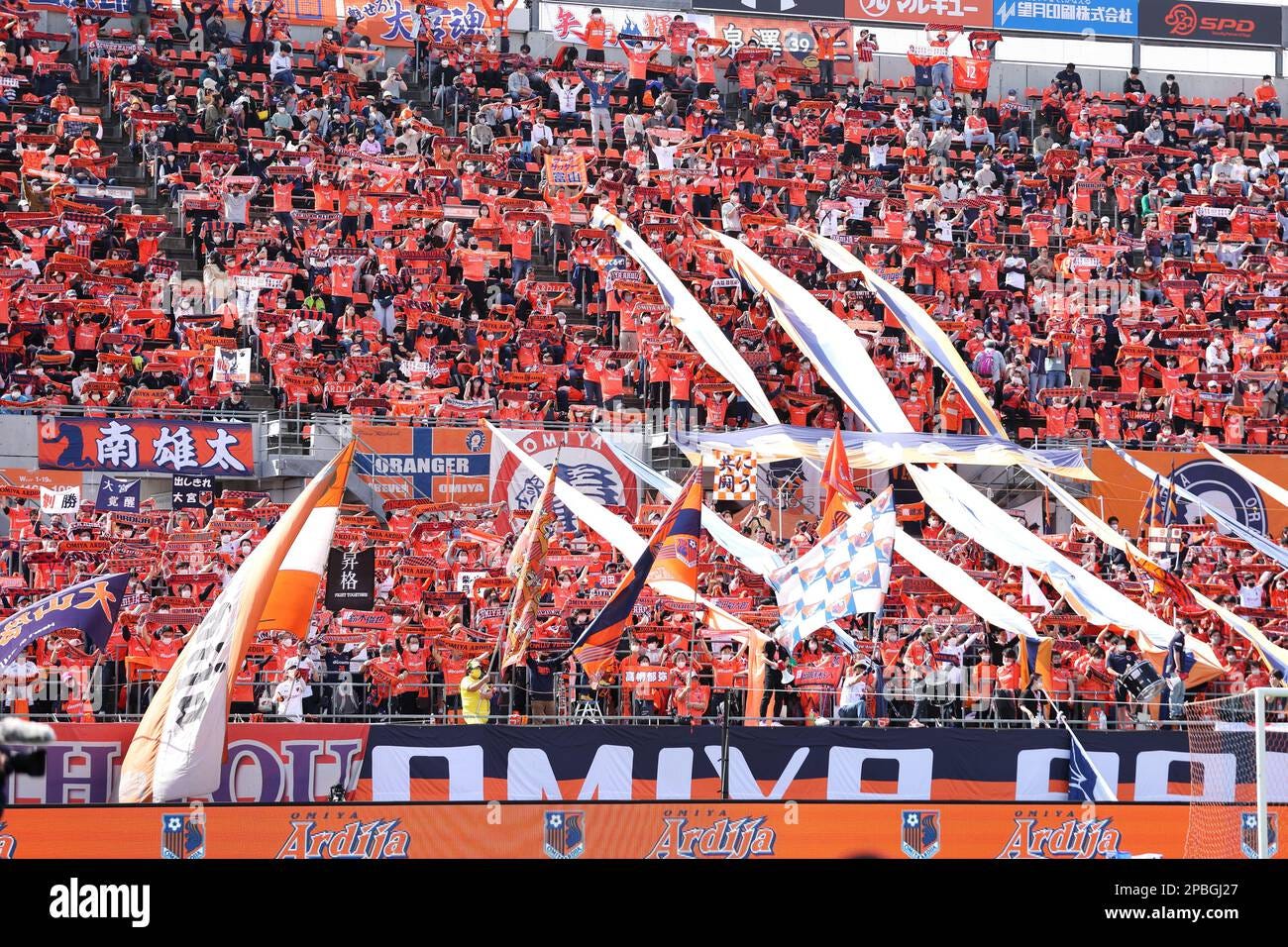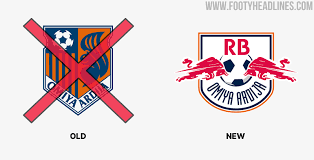Klopp, Red Bull land in Japan
Overshadowed by rivals, Omiya Ardija ready to be given wings at home and in Asia after years of mediocrity
Not that long ago, Jürgen Klopp turning up at a second division game in Japan would not have been on any bingo cards anywhere, but there the German was last month.
It was in his new role as Red Bull Head of Global Soccer, responsible for the football side of the energy drink company’s stable of clubs in Austria, Germany, the United States, Brazil and now Japan.
Klopp was seen as a man of the people due to his successful time as head coach of Borussia Dortmund and Liverpool. Players and fans there loved him so going on to take such a prominent role in a company whose involvement in multi-sports ownership was not universally acclaimed. The Guardian’s headline, for example, was “Red Bull’s ‘Dr football’ role at odds with Jürgen Klopp’s former club ethos”
The man himself seems to be relishing the new role. "I want people to see us playing and without reading the name on the shirt, they should feel it – they should know (we’re Red Bull)," Klopp said in his first interview in January. He added: "What I want to do is develop football – develop football for our clubs, for our players and for our talents, but for football itself as well. Somebody has to take care of that. So yes, helping football and in the same moment being successful with Red Bull in the long term is super appealing to me."
Yet if Klopp’s role at RB seems incongruous, then RB taking over a Japanese team was also something of a surprise and that is what happened last July. Perhaps the country is the only one in Asia where you can have a pretty good idea of who is playing without reading the name of the player on the back of the short or the logo on the front. Japan has an identifiable football culture, that was built on a pass and move groove and more besides that has taken it to the top of the continental tree.
And there is something similar in the Land of the Rising Sun off the pitch too. In terms of youth development, Japan is not only the best in Asia by some distance, it is world-class. The J.League may have been born out of a corporate culture in 1993 but it has organically grown and there are now three professional tiers. It is a football ecosystem that is the envy of the continent. In Korea, also a heavyweight on the pitch, corporations like Hyundai still own clubs, then there are state-owned clubs in West Asia and lots of other models in between.
Japanese clubs have been Asian leaders in building and developing relations with the local communities, even smaller clubs like Omiya Ardija. Omiya have spent 12 seasons in the top tier but has not made much of an impact with just one finish in the top ten back in 2016. After slipping out of the J1 in the following year, there was another relegation in 2023 for a first ever appearance down in J3. Promotion back to the second tier was always on the cards from the get-go, in the end the margin was 21 points. The fanbase is not massive but is loyal.
“I think the club has a good reputation in the local community,” Omiya fan Steve Fryer told me in an article I wrote for Nikkei Asia. “Club staff help out regularly in community activities such as cleaning the streets, sweeping the Autumn leaves etc. I regularly see young boys and girls of kindergarten and elementary school age in full Omiya kit going to training sessions held by the club. I wonder how that will continue or change under the new owners.”
There were some quick changes. ‘RB’ was added to the name and the logo went from cutesy (‘Ardija; is ‘squirrel’ in Spanish) to something that is probably seen as more dynamic and impactful. The shirt has also changed.
“I'm sure you have a lot of thoughts about the new emblem, but I hope that we can move forward together step by step,” Hiromi Hara, head of football at Omiya, said to fans in November. “We'll play against Urawa Reds, and become a strong champion in the J.League and a club that can go to Asia."
Beating Urawa Reds is a delicious prospect. The Reds are Omiya's neighbours in Saitama. If Omiya is a gentle club that usually bounces between the top two tiers, then Urawa are a powerhouse. Successful, big and widely disliked elsewhere in Japan.
Regularly watched by over 30,000 at Saitama World Cup Stadium where the national team play a good proportion of their matches–some say they have the best fans in Asia –Urawa have been continental champions three times and are heading to the FIFA Club World Cup this summer. To say that Omiya have been overshadowed is an understatement.
So there was a desire for some change. Even after the promotion from J3, there was general disquiet whether then owners Nippon Telegraph and Telephone East were sufficiently invested, in all senses, in the club and capable and overseeing a return to the J1 and actually challenging.
One thing that can be said for Red Bull —which already has a hold in Japan’s soft drinks market which is estimated to be worth over $6 billion — is that when it gets involved in sports, it tends to do well. Formula One, popular in Japan, has been especially successful for the company with plenty of titles for both drivers and team. In football, Salzburg became dominant in Austria and RB Leipzig were founded by Red Bull and have risen to take part in the UEFA Champions League. A little bit of that would not go down badly in Saitama.
The early signs are good with Omiya top of J2. As one fan said to me, “The football is going well on the pitch so far. Results will keep the support coming until RB decide to splash the cash. Three wins. Klopp’s appearance seemed to go down well too.”
That’s right, three wins from three at the start of the return to J2 means that the club are top and, for the moment, all is well.
John Duerden







